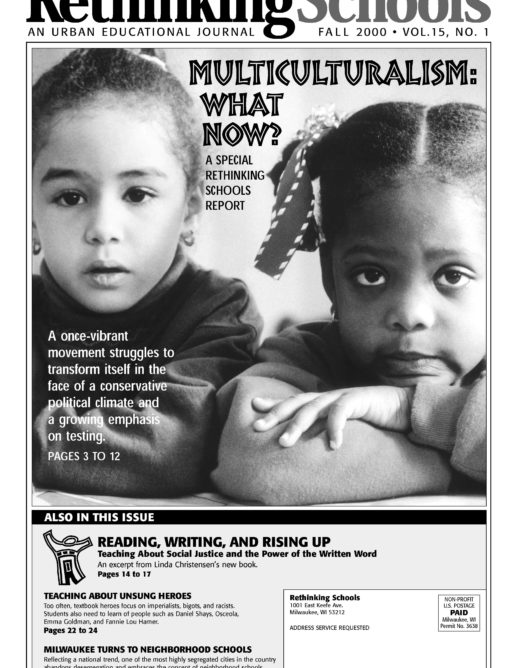Saxophone
I sat on the floor and assembled my saxophone. As I adjusted the reed, I searched for a song I could play. Just as I was about to plunge into a blues standard, my Japanese sister handed me a book turned to a famous folk song. While I played, my Japanese host family sang along, covering my sight-reading bloopers. I couldn’t believe it! Here I was in Japan, a 16-year-old playing a Japanese folk song on the alto saxophone – an instrument known for swing and bee-bop.
That night, as I tossed on my mat, I gloried in what took place. We had “jammed” together. Few words were spoken, yet we understood each other clearly. Music proved to be the universal language.
In the years ahead, I want to create that scene over and over. I want to teach others how to communicate with music and with other media. As a teacher, I want to help my students break down the barriers between Blacks and Asians, Americans and Japanese, and others as well.
As a musician, I have learned that music is more than just a pastime – it models the way we can live together as people. As a Black youth, I realize the importance of learning to accept others’ differences without losing my own identity.
Each of us is part of a symphony. In a good symphony each instrument knows its own strengths and weaknesses. Every instrument has limitations: the euphonium can only go so high, the clarinet so low. But when the two instruments merge a powerful range is present, resulting in music that entices ears to come and listen.
To create great music, each instrument must give a little. When playing with a flute, a trumpet shouldn’t play full capacity or it will trample the gentle sounds of the flute. The trumpet must soften enough for the flute to be heard. The trumpet will still be identified as a trumpet. It has just shared itself with the flute.
Working hard to harmonize without drowning out anyone is what cultural diversity is all about. It is about sharing my culture’s history and myself with others while they share their history and themselves. It is about broadening our understanding of people with different backgrounds by participating in intercultural activities such as study abroad.
When I traveled to Japan, I was the stranger. I was clumsy with chopsticks. I felt awkward taking my shoes off when I entered a home. Using the correct greeting presented a constant challenge. After a week, I began to adapt – things no longer seemed strange to me. Instead, they were just different. Being totally emerged in Japanese culture helped me appreciate the differences instead of mocking them. From crossing the street to saying hello, I learned to accept and sometimes treasure the differences between our cultures. I also discovered many similarities.
I came back to my high school determined to know more. I wanted to match what I learned from my Japanese family with what Asian-American authors wrote. I read personal accounts of the Japanese-American experience – connecting the lives of the Japanese I had met with those who were American born. I wanted to see how the cultural values of their motherland affected second and third generations.
Participation in this cultural experience pushes me to be open-minded to others from various backgrounds. When I become a teacher, in my classroom, I want my students to attain these same goals. I want them to know that by harmonizing, we will understand and appreciate each other more – allowing us to become better musicians – better people, who compose great symphonies.

